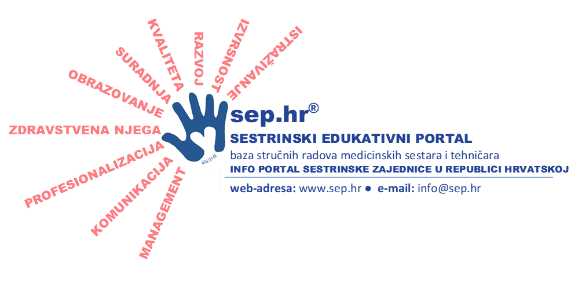Mona-Britt Divander
Sweden
TGC, CGM, Variability,Hypoglycemia, Venous
''5. Međunarodni kongres HDMSARIST-a'' i ''8. Međunarodni kongres WfCCN-a''
Šibenik, 12.-15. travnja 2012. godine
Introduction: Tight glucose control has been put aside in many critical care settings. It has been suggested that future interventional trials should not be performed without the means to control and measure glycaemia in three areas central tendency, variability and minimum value. A recent innovation in central venous catheters which allow continuous glucose sampling may allow critical care nurses to easily gather information in these three domains.
Methods: Two patients undergoing planned general surgery procedure with were monitored using a 7Fr triple lumen central venous catheter (Eirus TLC, Dipylon Medical AB, Solna, Sweden) with an integrated microdialysis membrane located proximal to all infusion ports. The catheter was percutaneously placed and connected to the Eirus monitoring system. Equilibrium of glucose is achieved across the membrane and glucose concentration is measured by the sensor and displayed on the monitor. The system was calibrated after 1 hour and then every 8 hours, using arterial blood gas as the reference. The patients were monitored for 19 hours in the post anesthesia care unit.
Results: The Eirus system allows one to download minute glucose data. Central tendency was measured by average glucose; Variability as measured by Standard deviation. For Patient 1: Total up-time: 19 h 51 min (1191 min); Average: 7.80 mmol/L; Stdev: 0.76 mmol/L; and Min: 6.29 mmol/L. For Patient 2: Total up-time: 18 h 52 min (1132 min); Average: 9.75 mmol/L; Stdev: 3.89 mmol/L and Min: 4.02 mmol/L.
Conclusions: Central venous microdialysis is an innovative technology that is managed by the critical nurses responsible for glucose control protocols. It provides relevant CGM data in all important domains. With such a tool it may be possible to re-investigate and perhaps carry out TGC protocols.
